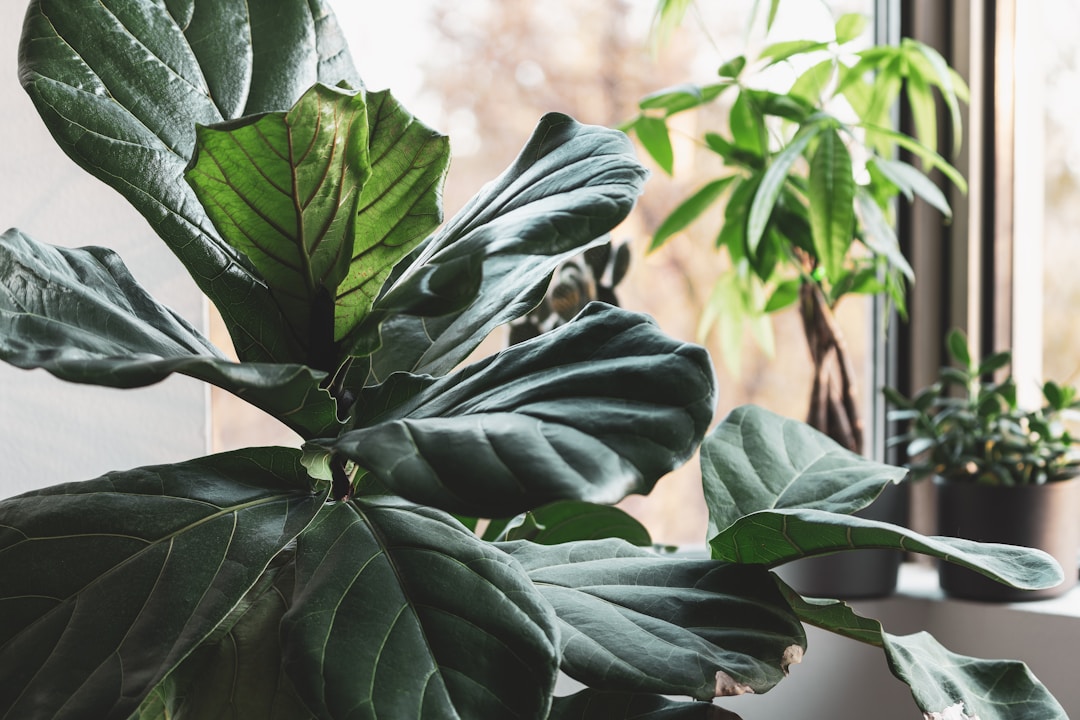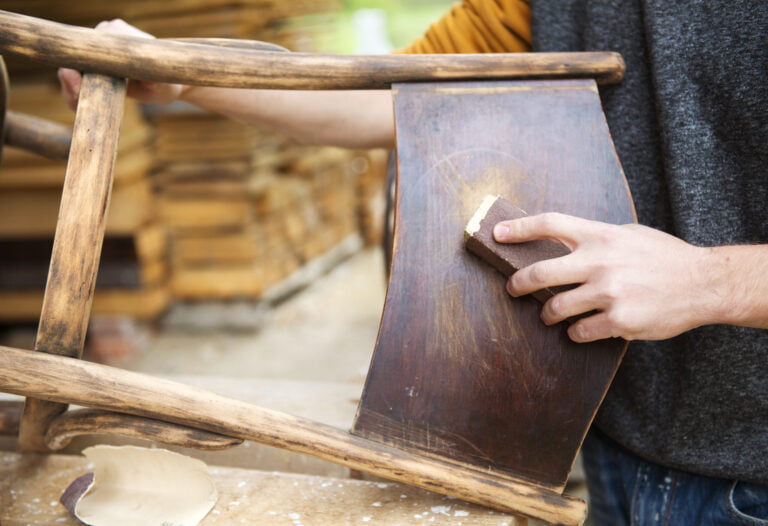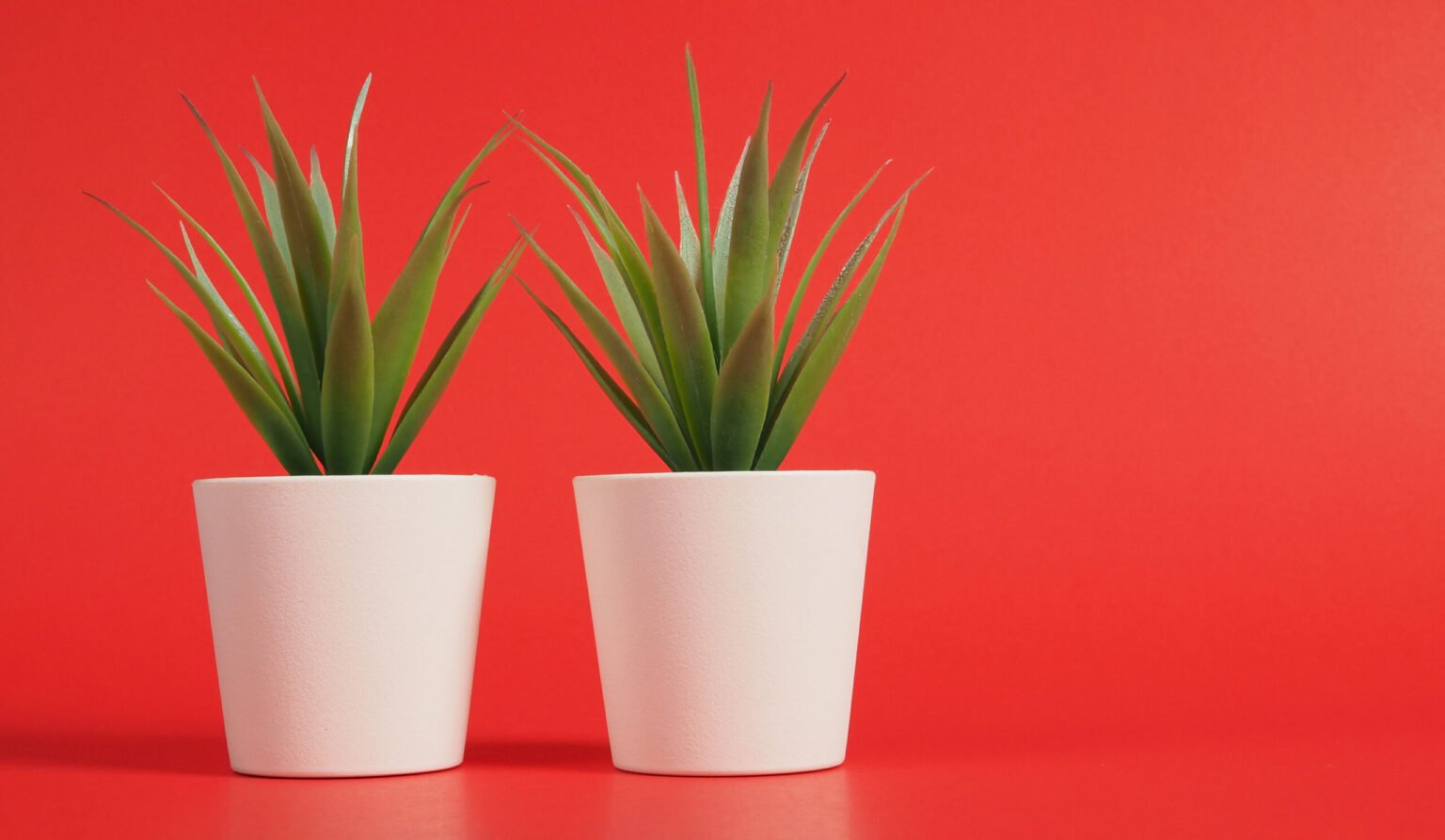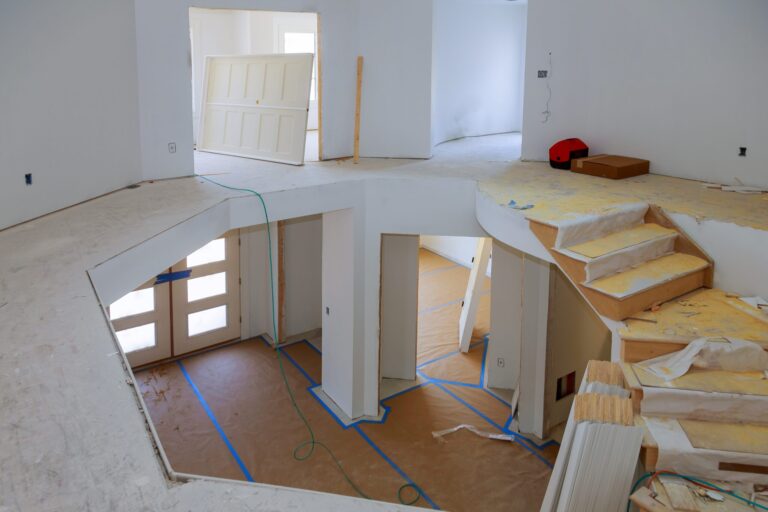How To Choose Between Real and Fake Plants
Adding greenery to interior spaces improves aesthetics, mood, and air quality. The age-old question, however, remains: should you invest in real plants or consider fake plants? Each option has its own pros and cons. Keep reading to understand why some folks turn towards artificial plants and how to make an educated choice between the two.
Why People Are Turning Towards Artificial Plants

Increased urban living and busier life schedules have largely contributed to the popularity of artificial plants. They provide a hassle-free experience without watering, sunlight, or careful nurturing to maintain a fresh, lively look.
Moreover, imitations can survive harsh environments where live plants cannot thrive, such as poorly lighted areas, air-conditioned spaces, and rooms with high temperatures or drafts. This makes them an adaptable solution for various interior settings.
The quality of artificial plants has also significantly improved over time, and they can now imitate the look and feel of real plants to an uncanny level. Many people turn to artificial greenery for its ease of use and aesthetic value that matches its natural counterpart.
Lastly, fake plants are typically cheaper in the long run, as they do not need replacement due to wilting or other health issues that can sometimes plague real plants.
Advantages of Real Plants for Indoor Spaces
Despite the ease of artificial plants, many still prefer to go natural due to the unparalleled benefits that real plants bring. The first and foremost reason is that real plants significantly improve air quality by reducing carbon dioxide levels and increasing oxygen levels.
They also help to increase humidity and reduce dust levels, which can benefit those suffering from respiratory or skin conditions. A number of studies suggest that having real plants indoors can also improve mental well-being.
Furthermore, growing real plants adds a sense of satisfaction, especially for garden lovers and nature enthusiasts. The process aids in relaxation and provides an interesting hobby.
Moreover, real plants can change and grow over time, giving you a different aesthetic appeal depending on their life cycle stage.
Understanding the Benefits of Faux Plants
Artificial plants offer a wide range of benefits, particularly for those who may not have the greenest thumb. Their primary advantage is the lack of maintenance or care, which frees time and energy.
The versatility of artificial greenery allows them to be placed anywhere, regardless of light and temperature conditions. Furthermore, they won’t attract insects or cause allergies, ensuring a seamless addition to any decor.
In addition to these practical advantages, high-quality faux plants today convincingly replicate their natural counterparts in color, texture, and aesthetic appeal.
Lastly, faux plants are not susceptible to changes in season or environmental conditions, maintaining the same look throughout the year.
Essential Tips for Making a Choice: Real vs. Fake Plants

When deciding between real and fake plants, consider your lifestyle and the specific needs of your spaces. If you enjoy gardening and can commit time to caring for plants, real ones may be a good pick.
Assess the conditions of your space. Does it get ample light? Is it temperature-controlled? Real plants will require favorable conditions to flourish.
For those with a busy lifestyle or inadequate conditions for plant growth, faux plants provide the perfect solution. They maintain their vibrancy and structural integrity irrespective of surrounding conditions.
Always prioritize quality when purchasing faux plants. Investing in high-quality faux plants ensures they will closely resemble the real thing and add visual value to your space for a long time.
Both real and artificial plants have distinctive advantages and drawbacks. The decision ultimately depends on individual lifestyle, space constraints, and aesthetic preferences.











